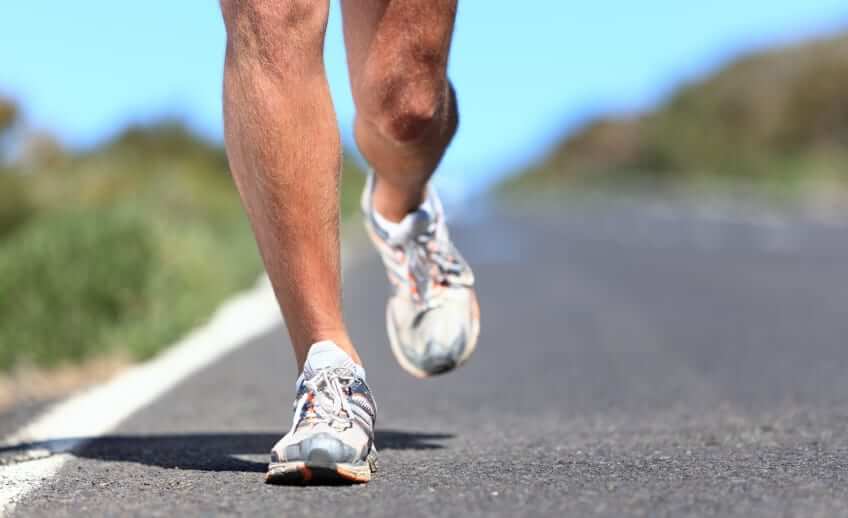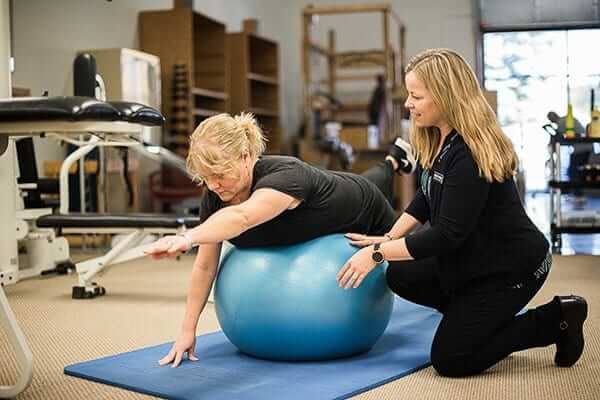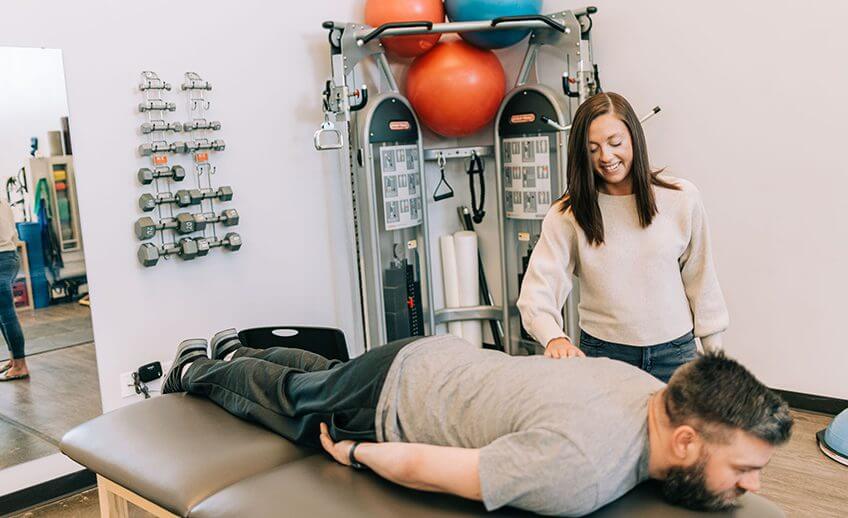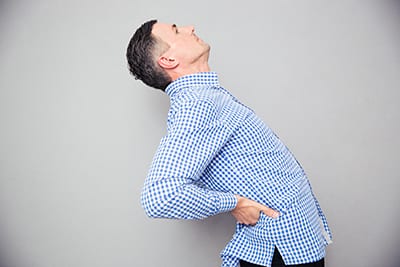Stretching is something that we have been taught to do ever since our physical education classes growing up. Static stretching of holding a particular stretch for 30-60 seconds has been highly debated over the past few years. Research now shows that a static stretching prior to exercise can negatively affect your muscles power, strength, and overall performance.
Dynamic stretching consists of active movements that elicit a stretch, but are not held for any length of time. Through repetitive movements, it helps prepare your muscles and joints for your workout. By properly warming up your body prior to exercise, it can help decrease your risk of injury. One of the benefits to dynamic stretching, is that it can be individualized based on your activity. A runner’s dynamic stretching would look very different compared to a cyclist’s due to the different movements required for each sport. Talk to your physical therapist today about an appropriate dynamic stretching routine you can incorporate for your specific exercise goals.
by Lisa Martens, DPT




 When you need help for back pain, who do you think of first? A recent study* showed that patients who saw a physical therapy FIRST for back pain experienced significantly lower total costs compared with both the no-PT and PT-later groups, including lower out-of-pocket expenses. PT-first patients had significantly lower rates for emergency room visits, imaging, and opioid prescriptions compared with the other groups.
When you need help for back pain, who do you think of first? A recent study* showed that patients who saw a physical therapy FIRST for back pain experienced significantly lower total costs compared with both the no-PT and PT-later groups, including lower out-of-pocket expenses. PT-first patients had significantly lower rates for emergency room visits, imaging, and opioid prescriptions compared with the other groups.